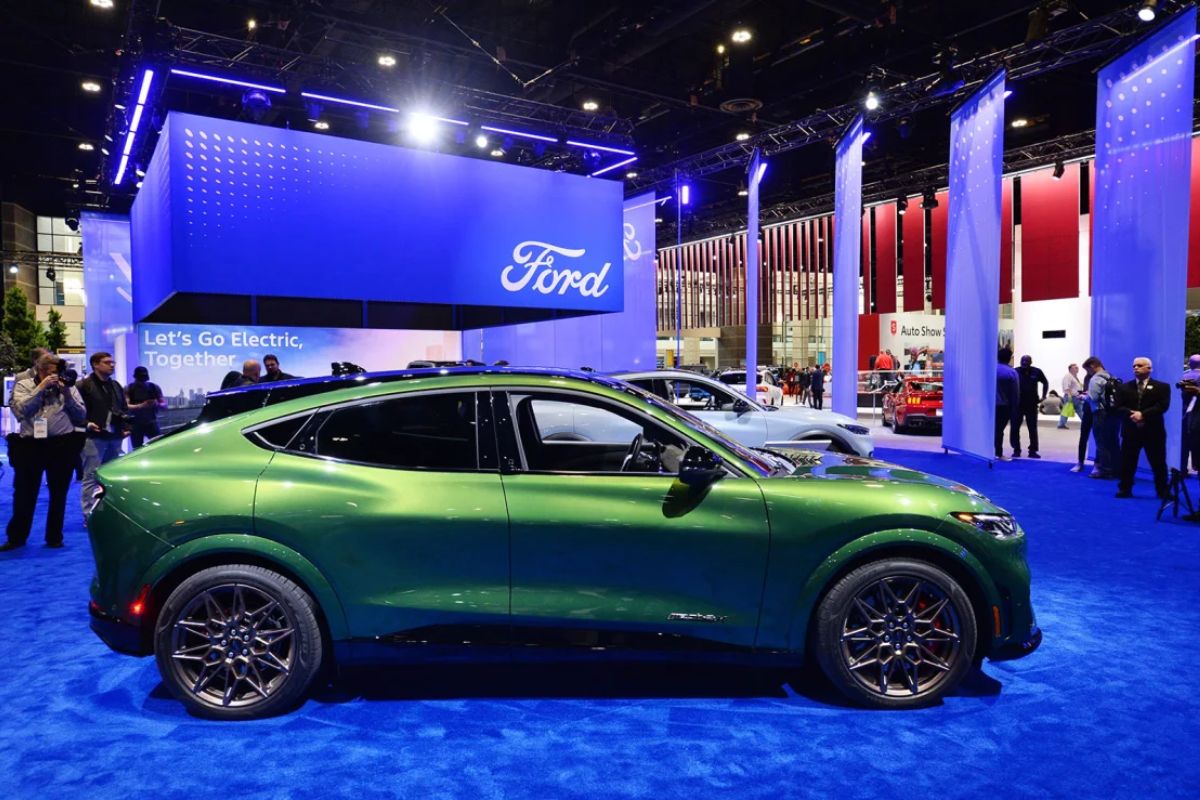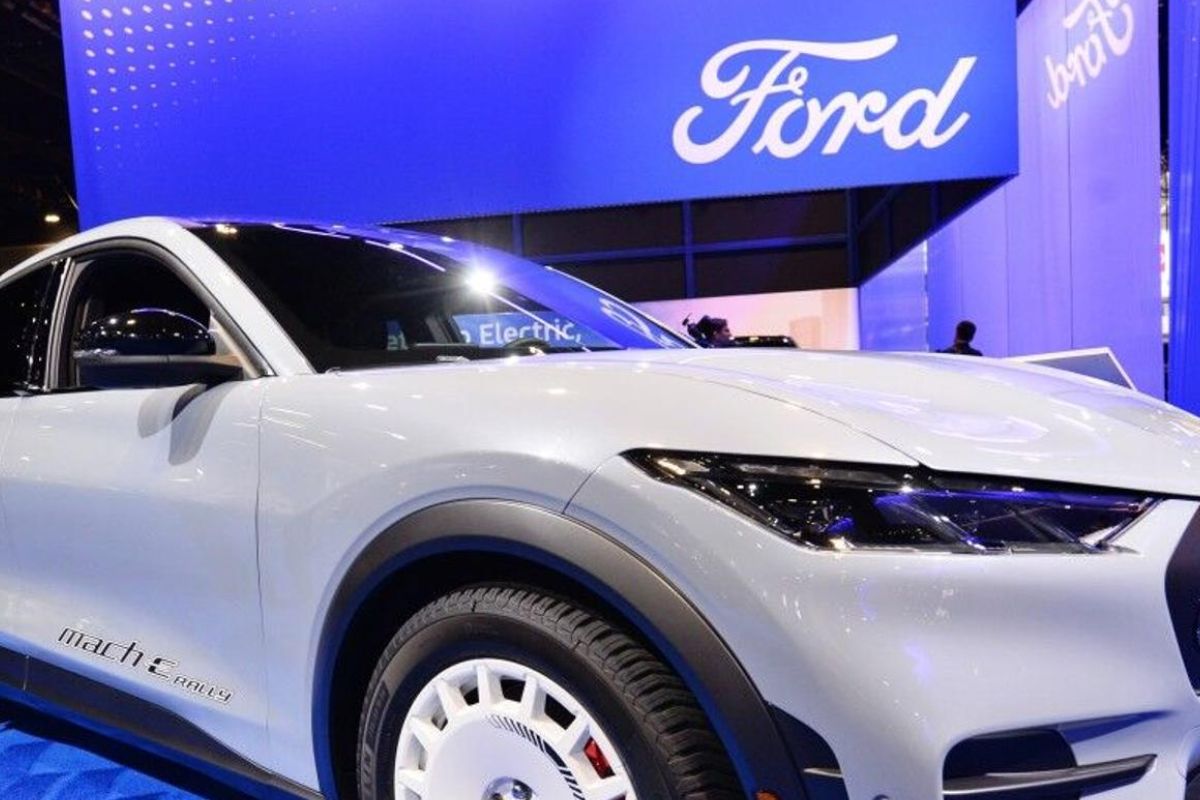Federal Probe Mustang Mach-E Crash: The federal probe into the Mustang Mach-E crash highlights the important tech concerns surrounding advanced driving systems. As the investigation explores the effectiveness and safety of the vehicle’s automated driving features after a fatal collision, questions arise regarding the system’s capabilities, limitations, and the driver’s understanding of its functions. With an industry-wide focus on Advanced Driver Assistance Systems (ADAS), particularly under scrutiny are Tesla’s Autopilot dominance, Ford’s BlueCruise system, and other manufacturers’ technologies, emphasizing the need for standardized regulations and a thorough evaluation of these systems.
The reliance on ADAS for convenience and safety underscores the necessity for a detailed understanding of their capabilities and potential shortcomings, as recent events bring to light the critical areas for improvement in ensuring driver attention and system reliability.
Fatal Crash Investigation Involving Ford Mustang Mach-E
The investigation into the fatal crash involving the Ford Mustang Mach-E has sparked intense scrutiny into the efficacy and safety of its advanced driving assistance technology. The collision, where the Mach-E rear-ended a stationary Honda CR-V, has raised serious concerns about the capabilities and limitations of the vehicle’s automated driving features.
As federal investigators from the NHTSA and NTSB explore the wreckage in San Antonio, questions loom over the circumstances that led to this tragic incident. Was there a failure in the Mach-E’s sensors or software that should have detected the parked vehicle? Did the driver misunderstand the system’s capabilities, leading to a false sense of security?
These are pressing inquiries that demand answers not just for this particular crash but to safeguard the overall trustworthiness of autonomous technologies in our increasingly connected automotive landscape. The outcome of this investigation may well shape the future of advanced driver assistance systems and their integration into modern vehicles.
ALSO READ: Ford’s E-Series Faces Safety Scrutiny: Recall Sparks Concerns
Focus on Advanced Driver Assistance Systems (ADAS)
Amidst the rising wave of technological advancements in the automotive industry, the spotlight intensifies on the reliability and potential risks associated with Advanced Driver Assistance Systems (ADAS). As regulators explore deeper into the domain of ADAS, several key issues come to the fore:
- Tesla’s Autopilot Dominance: The investigation’s focus on Tesla vehicles underscores the widespread use and influence of Tesla’s Autopilot system. The prevalence of Tesla in these incidents raises questions about the system’s effectiveness and the level of user understanding and responsibility.
- Diverse Manufacturer Scrutiny: Beyond Tesla, manufacturers like General Motors’ Cadillac, Hyundai’s Genesis luxury brand, and Volvo are also under investigation. This broad scope indicates that ADAS concerns are not limited to a single company, highlighting potential industry-wide challenges and the need for standardized regulations.
- Complexity vs. Reliability: The complexity of ADAS technologies presents a double-edged sword. While these systems offer convenience and safety features, their reliability and the potential for misuse or misinterpretation by drivers remain critical areas requiring attention and improvement.
Evaluation of ADAS Systems and Criticisms
In an era where technological advancements in the automotive sector are rapidly evolving, the critical evaluation of Advanced Driver Assistance Systems (ADAS) has become paramount. As seen with Ford’s BlueCruise system, which offers hands-free driving on certain highways, the recent scrutiny from the Insurance Institute for Highway Safety (IIHS) sheds light on the deficiencies within these supposedly advanced systems.
The IIHS raised valid concerns about ADAS systems failing to adequately monitor driver attention and engagement, casting doubts on their overall safety and efficacy. The fatal crash in Texas further underscores the importance of thoroughly appraising the capabilities and limitations of ADAS technologies. With the National Transportation Safety Board (NTSB) investigating the incident, questions about the specific ADAS system in use at the time will hopefully lead to a more profound understanding of the role these systems play in ensuring road safety.
NTSB Chair Jennifer Homendy’s apprehensions regarding the regulation of ADAS technologies by the National Highway Traffic Safety Administration (NHTSA) only emphasize the urgency for a thorough evaluation of these systems to prevent future tragedies.
News in Brief
The federal probe into a fatal crash involving a Ford Mustang Mach-E raises concerns about advanced driving systems’ safety. Investigators scrutinize the effectiveness and driver understanding of the vehicle’s automated features. Tesla’s Autopilot dominance and Ford’s BlueCruise system come under industry-wide scrutiny, emphasizing the need for standardized regulations. The incident underscores the importance of understanding ADAS capabilities and limitations for driver safety. Concerns about ADAS reliability and user comprehension persist, highlighting the necessity for thorough evaluations and regulatory measures to prevent future tragedies.



